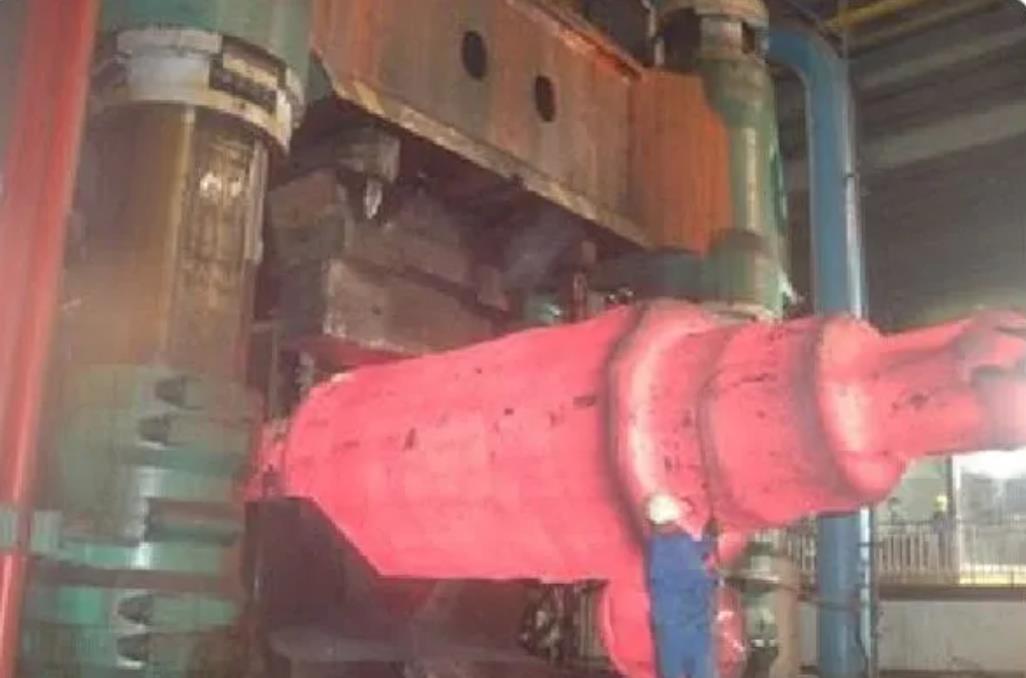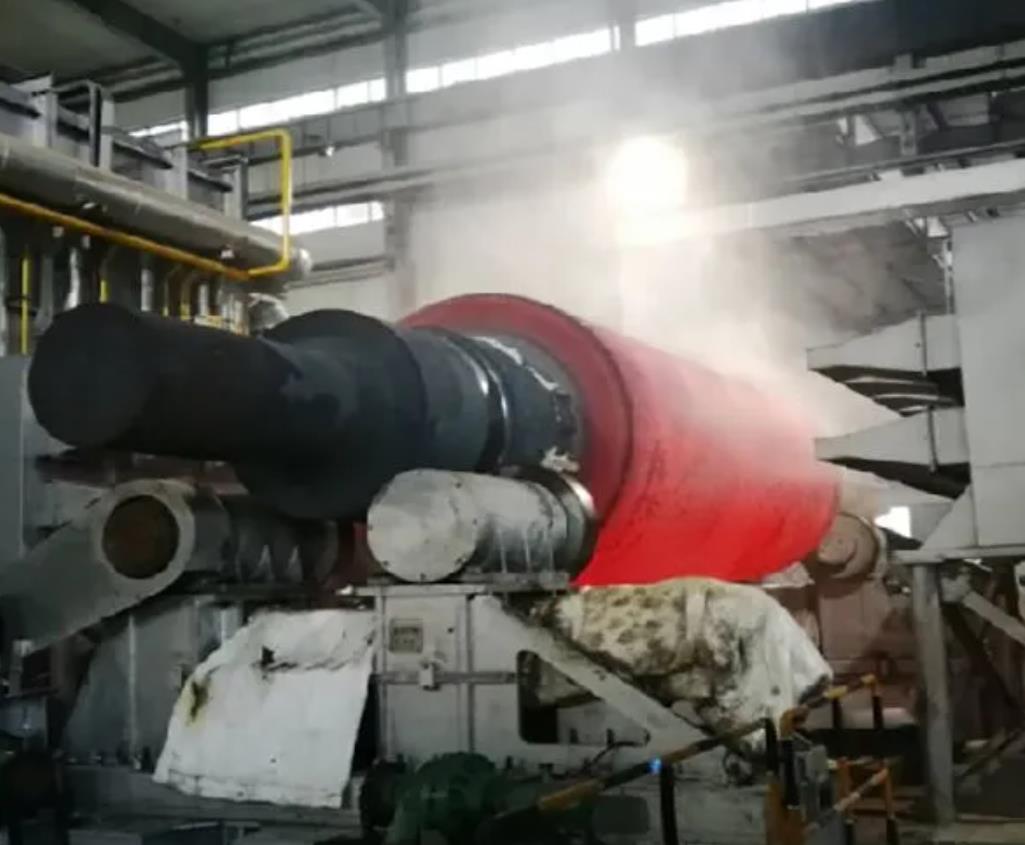Description: The roll is a tool for plastically deforming metal during rolling and is a critical large-scale consumable component that determines rolling mill efficiency and product quality. As one of the largest consumables in the metallurgical industry, improving roll wear resistance is essential for enhancing economic performance and productivity.
Keywords: Cast iron rolls, alloy indefinite chill cast iron, rolling mill rolls
Cast Iron Rolls – Alloy Indefinite Chill Cast Iron Rolls
Working Conditions and Materials for Hot Rolls
Working Conditions: Hot rolls operate in high-temperature environments ranging from 700–800°C (sometimes contacting materials as hot as 1200°C). They are subjected to strong rolling forces, severe surface wear from the hot stock, repeated heating and cooling (from water cooling), and significant thermal fatigue due to temperature fluctuations.
Main Failure Modes: Thermal cracking, spalling due to thermal fatigue, surface wear, fracture, overtempering, creep, and roll winding. The affected area often covers the entire working surface. Spalling and wear are the most common failure modes.
Material Requirements: Hot roll materials must possess good strength and toughness, along with high wear resistance.
Common Materials: Forged steel, indefinite chill cast iron, conventional chill cast iron, low/medium/high NiCrMo cast iron, cast steel, nodular composite cast iron, semi-steel, high-hardness specialty semi-steel, high-chromium cast iron, semi-high-speed steel, and high-speed steel.

Classification of Cast Iron Rolls
Typically classified by manufacturing process:
Rolls with a white structure (matrix + carbides) in the working layer, formed by metal mold chilling, are termed chill cast iron rolls.
Rolls with a mottled structure (matrix + carbides + graphite), achieved by increasing the carbon equivalent of the molten iron, are called indefinite chill cast iron rolls.
Rolls produced with sand-lined metal molds and further increased carbon equivalent, resulting in a coarse texture, are semi-chill cast iron rolls.
If the graphite is spheroidal in any of the above, they are referred to as nodular cast iron rolls. For composite cast rolls, the term “composite” is added.
Alloying Principles for Indefinite Chill Cast Iron Rolls
C (Carbon): High carbon content inhibits cementite precipitation and refines graphite by increasing nucleation sites. However, excessive carbon can cause graphite flotation. Within a specific range, increasing carbon reduces the depth of the white layer and raises the cementite content on the surface.
Si (Silicon): Reduces carbon solubility in austenite, raises the eutectoid transformation temperature, broadens its range, and shortens the incubation period for pearlite and bainite. Higher silicon content within a certain range refines graphite nodules.
Carbon and silicon must be balanced. The upper limit of carbon equivalent should avoid graphite flotation, while the lower limit should meet roll performance requirements to ensure adequate carbide content.Mn (Manganese): Lowers the eutectoid temperature, stabilizes and refines pearlite, and improves strength and hardness. Excessive manganese causes severe segregation and grain-boundary carbide networks, reducing toughness.
Cr (Chromium): The most effective element for increasing the white layer depth in chill cast iron rolls. It counteracts the adverse effects of silicon and promotes pearlite formation. In alloy ductile iron, appropriate chromium addition introduces free carbides, enhancing hardness and wear resistance.
Mo (Molybdenum): Stabilizes pearlite, refines the white layer structure in chill cast iron, improves strength, and enhances thermal resistance. In alloy ductile iron, increased molybdenum promotes pearlite formation and dispersion. It also inhibits austenite decomposition, aiding bainite formation. However, molybdenum tends to segregate, so its content should be controlled.
Laser Alloying of Cast Iron Rolls
Laser alloying involves coating the surface with alloying powder or feeding powder during laser irradiation. The powder and substrate melt together, forming a mixed molten pool that solidifies into a new alloy composition. The resulting structure is a rapidly solidified alloy with a modified composition.
This technology addresses limitations of laser quenching, significantly improving wear resistance and extending roll service life. For cast iron rolls, it effectively prevents cracking and eliminates soft/hard banding on the surface.


